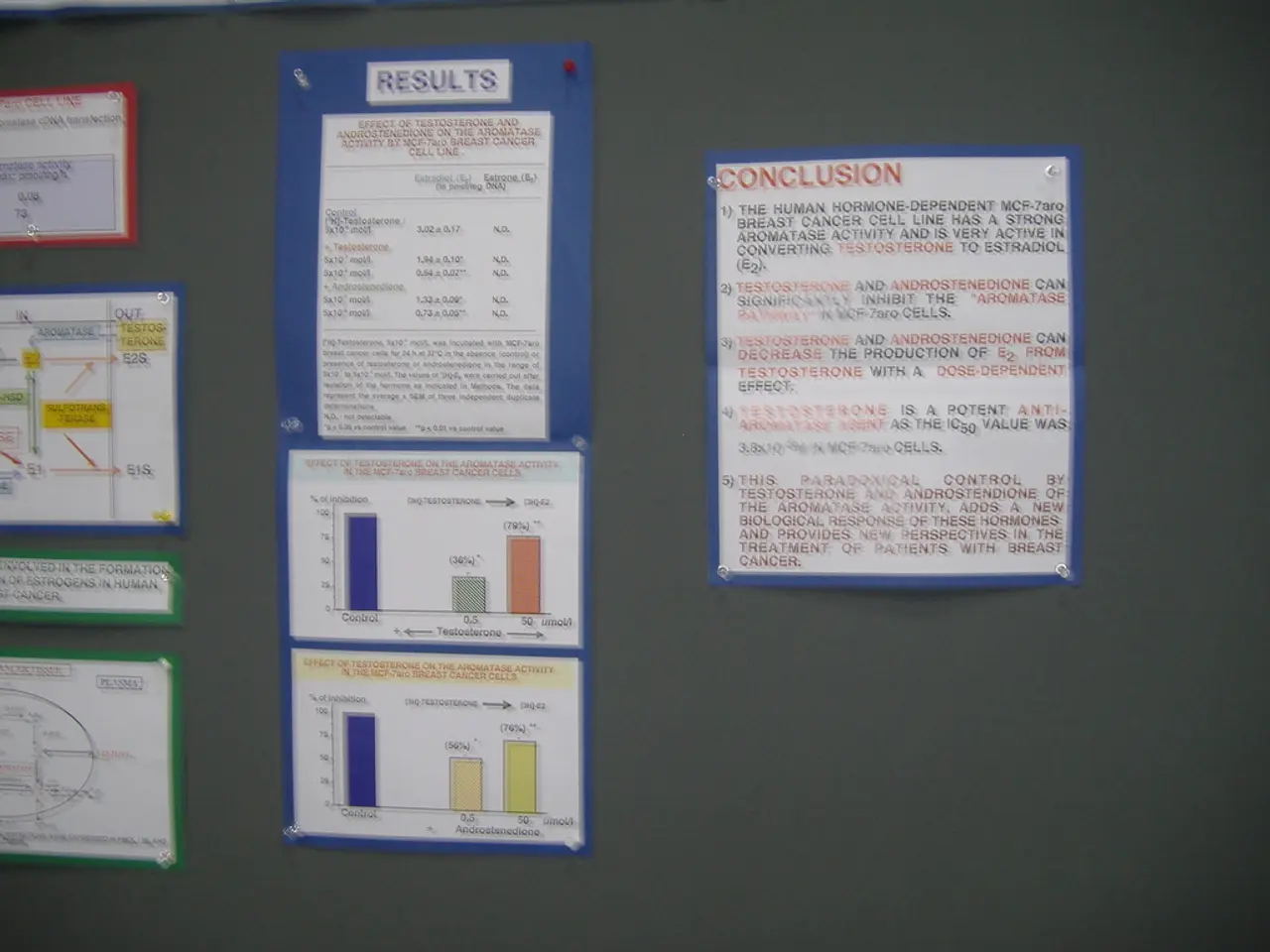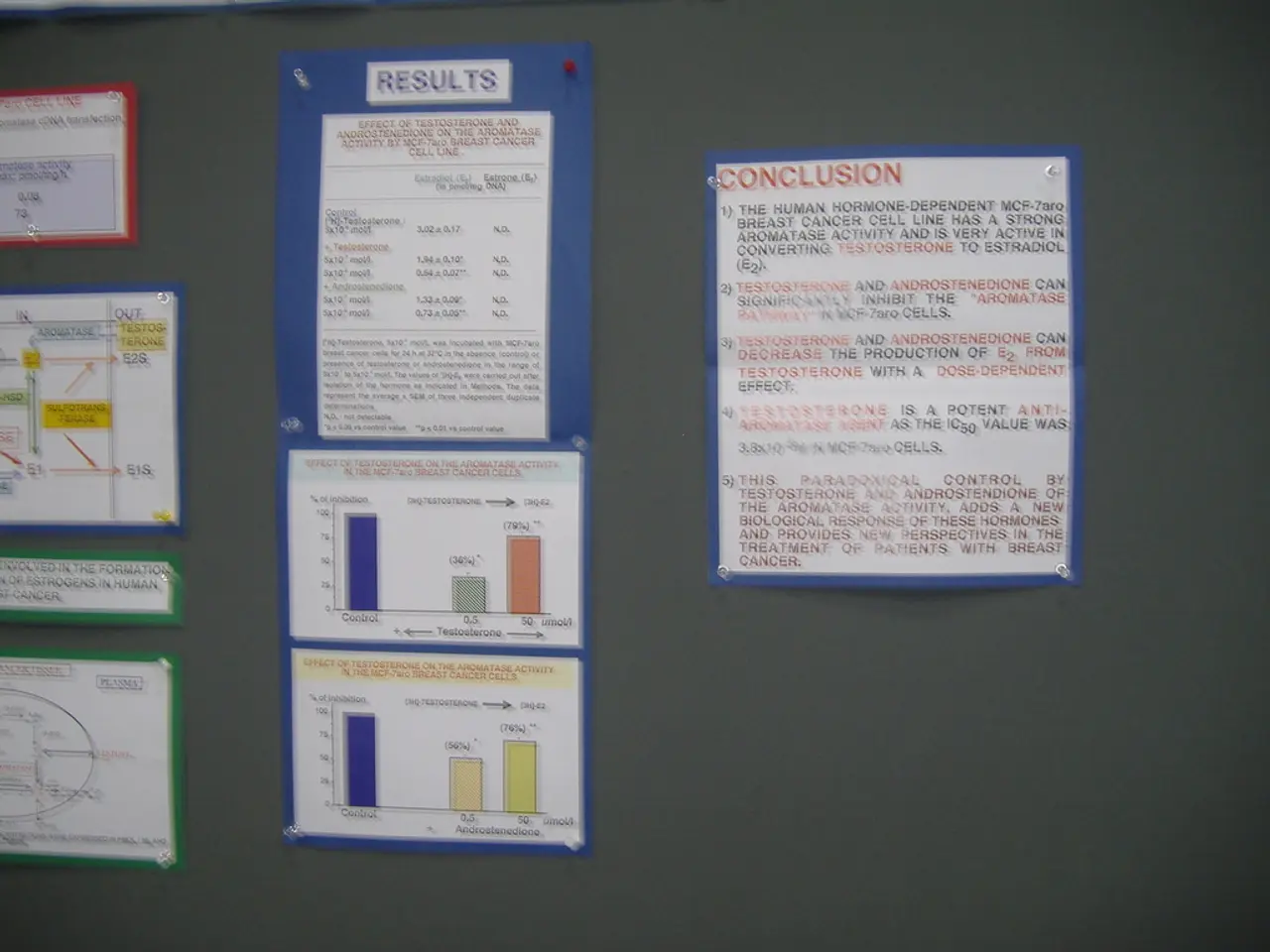Determining User Research Goals and Purposes
In the realm of product development, understanding user needs is paramount. To effectively define objectives for user research, a structured approach is essential. This method, inspired by fundamental journalistic questions, ensures a comprehensive coverage of all critical aspects.
Who: Identify the target users or participants whose needs, behaviours, and pain points the product aims to address. Creating detailed user personas based on demographics, motivations, and behaviours helps focus the research on relevant groups.
What: Define the specific goals and objectives of the user research. This involves pinpointing the key questions to answer—such as understanding user needs, identifying challenges, and validating usability issues—that will inform product design and decisions.
When: Determine appropriate timing for the research activities within the product development cycle, often early on in discovery or design phases to reduce design risks and enable iterative improvements.
Where: Decide on the context or environment in which user research will be conducted, such as field studies, remote interviews, or usability labs, to capture authentic user behaviour and context.
Why: Clarify the purpose of the research, emphasizing its role in user-centered design to ensure the product effectively meets user needs, reduces costly redesigns, and enhances user satisfaction.
How: Discuss the methods and tools to be used to systematically gather qualitative and quantitative data that provide actionable insights for product development.
A group Q&A session can facilitate this by prompting stakeholders to answer and reflect on these questions collaboratively, producing clear, agreed-upon research objectives that align with business goals and user needs.
Understanding how users will perform their tasks with new features is also crucial. Prioritizing which questions to answer immediately and which can wait is important to ensure the research remains focused and efficient.
Writing down questions on sticky notes can aid in answering them during the session. The final step is to create a list of objectives from the answers.
It is necessary to know where people use the product, as the joys of mobile computing may reveal unexpected environments. Knowing how the team sees their role as part of the product development is equally important to ensure a cohesive and effective approach.
The user research process does not guarantee project success but it helps clarify expectations. Getting agreement on the list of objectives enables confident user research. Once the above points are understood, it is necessary to ask people how the project will operate.
The header image for this article is by Paul Downey, licensed under CC BY 2.0. Clarity is important in understanding what is being done, what users want, and what the company wants. Understanding why a project is being undertaken can reveal the underlying motivations and drivers.
By following this structured approach, user research becomes a powerful tool in product management, transforming abstract aims into precise, actionable objectives grounded in empirical data from actual users rather than assumptions.
The group Q&A session can help stakeholders understand how users will interact with new features and prioritize which questions to answer for efficient research. Moreover, knowing where people use the product and how the team perceives its role in product development are essential for a cohesive and effective approach.
In the process of user research, understanding why a project is being undertaken can reveal underlying motivations and drivers, transforming abstract aims into precise, actionable objectives grounded in authentic user insights. This empirical approach, facilitated by a structured, collaborative method, ensures user research plays a pivotal role in product management, including UI design, technology, education-and-self-development, and more.




